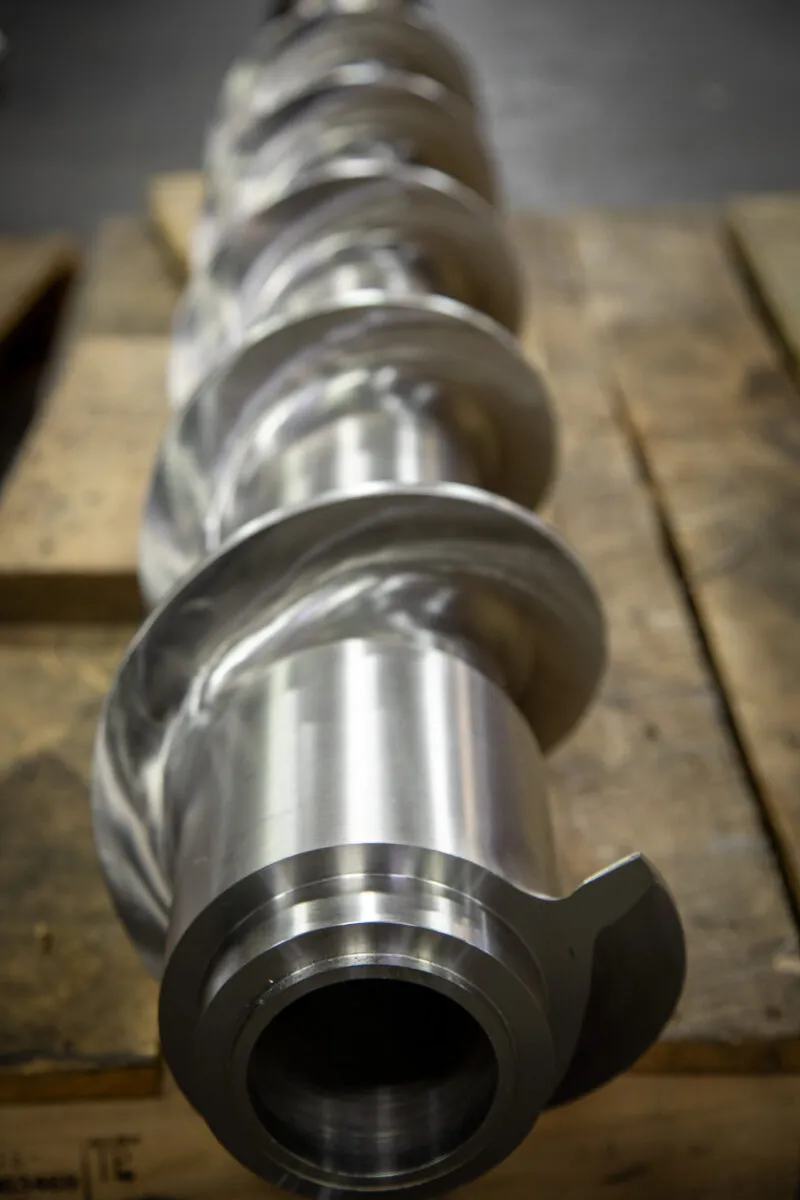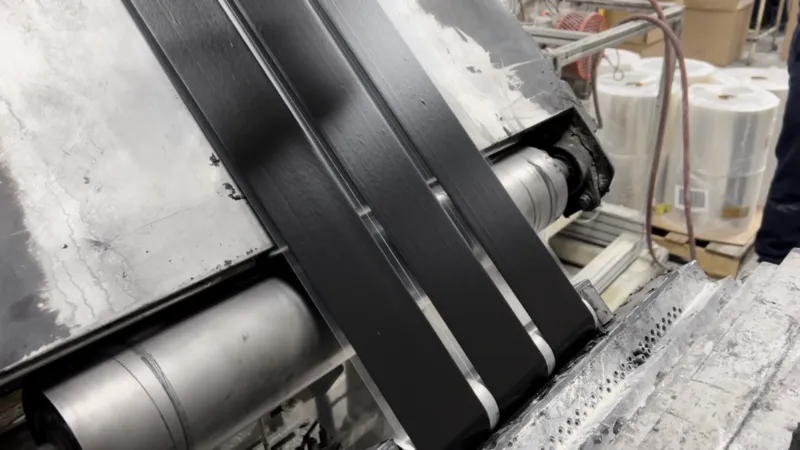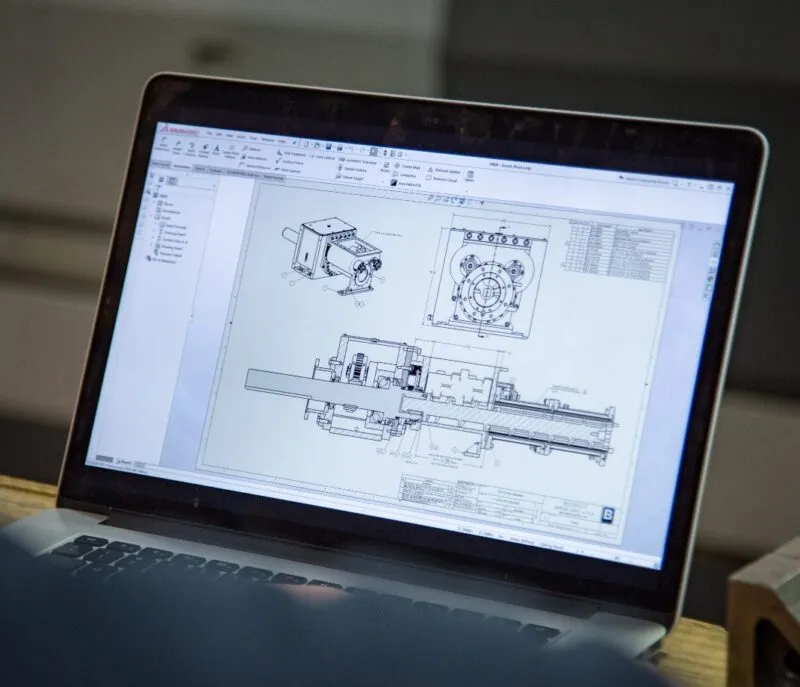
November 15, 2025
An Introduction to Single Screw Extruders
Explore the basics of single screw extruders—how they work, core components, advantages, and common manufacturing applications.
11th October 2018
To understand what an extruder is, we must first know what the process of extrusion is. Extrusion is when a material, usually pellets, dry powder, rubber, plastic, metal bar stock or even food is heated and pushed through a die. A die is essentially a mold that shapes the material as it is forced through the small opening to the other side. It’s one of the most common ways to produce sheets and strips of stock metal, plastic and rubber shapes.
An extruder is simply the machine used to complete the extrusion process. Using a system of barrels and cylinders, the machine heats up the product and propels it through the die to create the desired shape.
Extruders can be used to create a wide variety of usable products by shaping various materials. For example, our breakfast cereals and pre-formed snacks are often made using food extruders, which use uniform, controlled pressure and temperature to create the near-identical pieces we pour into our bowls each morning.
Pet food and treats are created with food extruders for the same reason — to create a high level of consistency and quality in the meals we feed our furry family members. The Bonnot Company’s food forming extruders can be used as standalone applications or be combined with a cooking extruder for unitized cooking and cooling.
For many industries, catalyst extruder machines are used to create catalysts such as high aluminas, gels, kaolin carriers, molecular sieves and more. Whether your company requires minute pellets, solid rods, unsupported rings or another catalyst configuration, Bonnot has the extruder that can get the job done.
Rubber bales can also be extruded for a variety of purposes. For instance, rubber extruders can create extruded hydrogels, which are used to create everything from contact lenses to replacement cartilage. A rubber extruder from The Bonnot Company can break down the large, tacky bales without the use of talc or special chemicals.
Extrusion equipment is even used to create the materials that keep the air and water in our homes purified. Vacuum extruders, which were originally used in the clay industry to de-air their products, are now used to create activated carbon. The extruder de-airs the carbon to increase its adsorptive properties and prepare it for use for any number of air and water purification applications. Bonnot has worked with virtually every base material available, not just activated carbon, and can use our expertise to demonstrate how this extrusion process could work for you in our test facility.
While these are some of the most common types of extrusion supported by The Bonnot Company, other extrusion equipment manufacturers may specialized in extruders for other materials, such as plastics, clay, aluminum or other metals. For example, plastic extruders can be used to create PVC pipe. As you can see, the types of extrusion equipment and their uses are widely varied.
In short, no. First of all, many devices that are technically extruders are meant for individual, personal use and must be operated by hand. Manufacturers, however, will generally require much larger, more sophisticated industrial extruders. It all depends on the scope of your operation and the standards of your industry.
As with any other type of machinery, there are a wide variety of industrial extruders available, and each one is intended for a particular purpose or set of purposes. Some are designed to also serve a specific niche function, such as de-airing a material, de-watering it or pelletizing it.
Capacity is another differentiating factor. For large batches and maximum capacity, a company may need the High Volume Production Extruder (Terrier), for example. Meanwhile, a company that specializes in research and development would probably do well with low-volume Lab Extruders for producing and testing their products in small batches. Another company may need an entirely different solution.
What you need depends on the applications, volumes, shapes and materials required to get the job done.
If you think your company would benefit from an extruder, contact Bonnot. We’ll work with you to get a better understanding of your goals and needs, and recommend an extruder to meet them. We keep lab-scale, small and mid-production extrusion equipment in stock, and we can also develop custom extrusion equipment to suit your specific applications. Get started with The Bonnot Company today.

November 15, 2025
Explore the basics of single screw extruders—how they work, core components, advantages, and common manufacturing applications.

September 27, 2024
The Bonnot Company has manufactured a line of extruders for processing butyl/mastic rubbers (butyl) since the 1950's. The company recognized the need to offer processing extruders for this rapidly developing market. In keeping with a core principle of continuous improvement, these designs have evolved over time to remain the pre-eminent industry choice for butyl processing equipment/extruders.

September 19, 2024
The Bonnot Company has a variety of custom extruders designed for bulk feeding of rubbers, both natural and synthetic, silicones, butyls and mastics. Regardless of the batch size or material viscosity, there is a solution available. If one of the company's standard designs does not meet your needs, a custom solution is developed. Customized solutions specifically tailored to a customer's needs are a core competency of ours and competitive advantage.